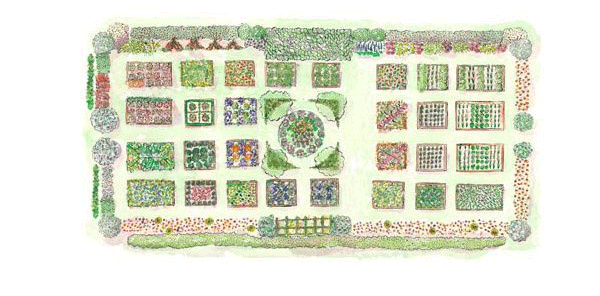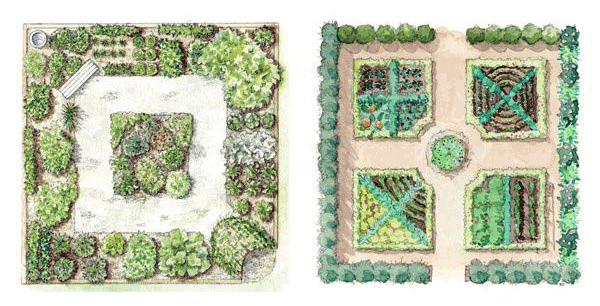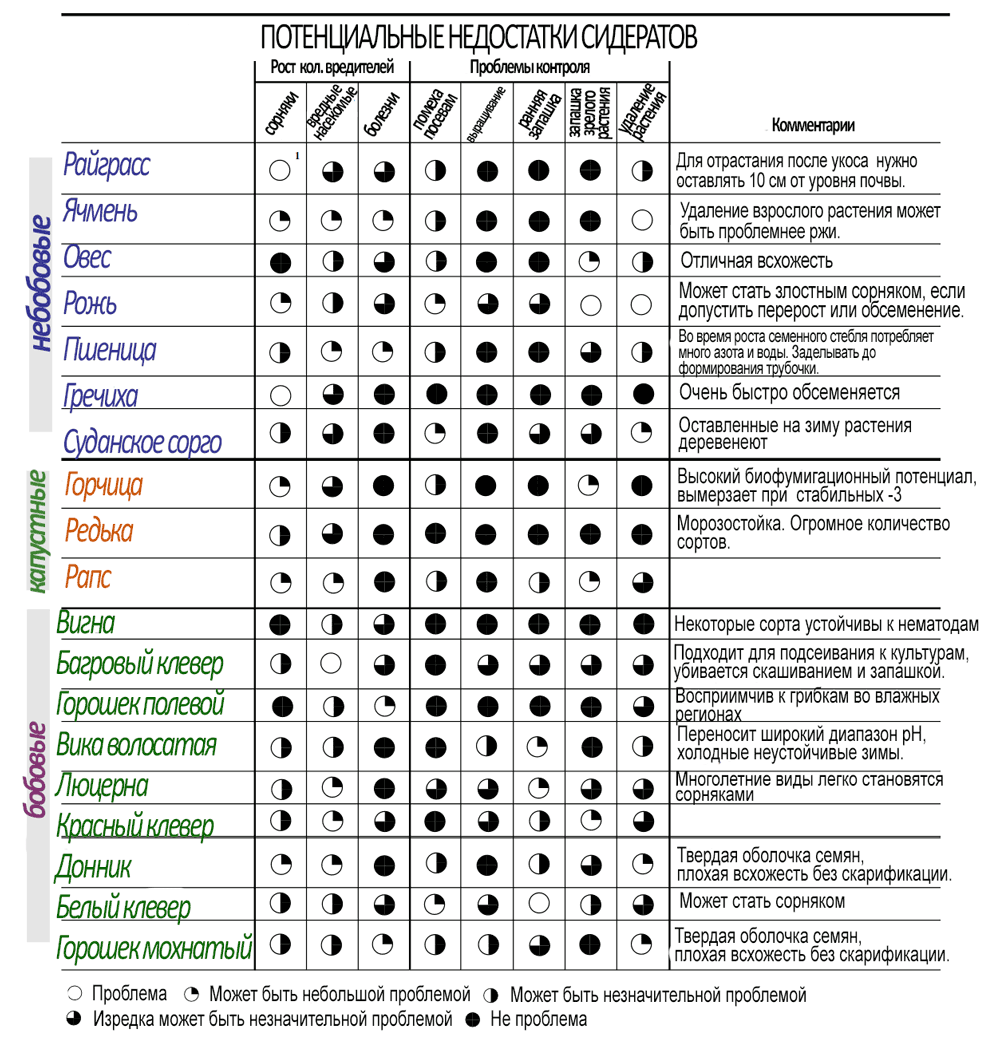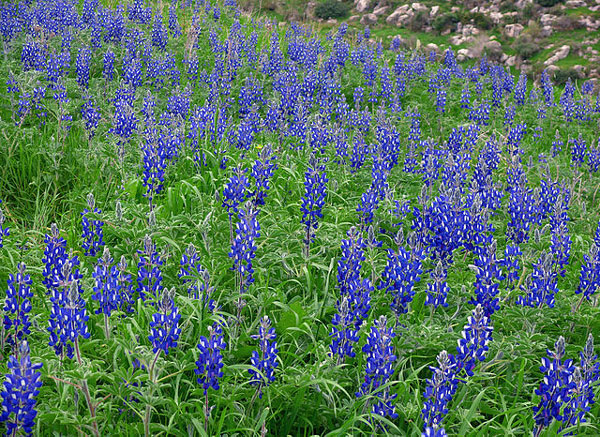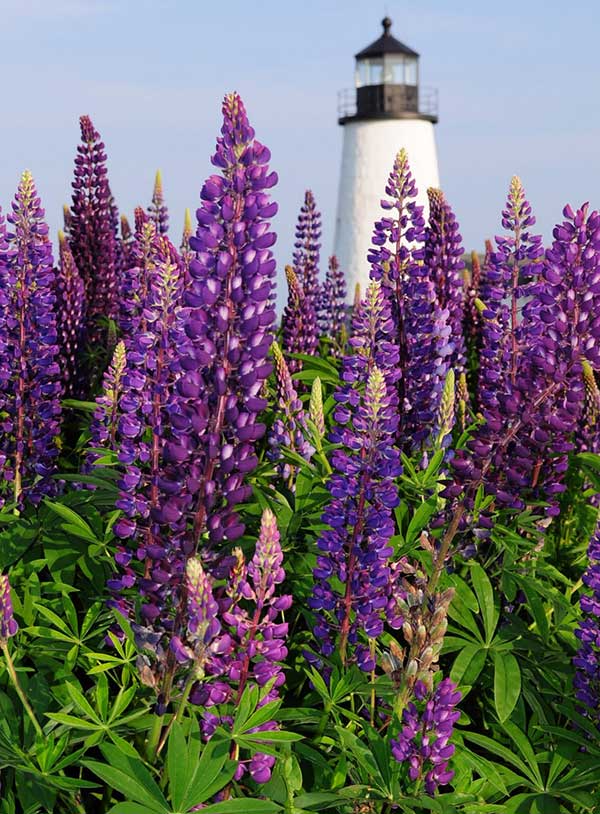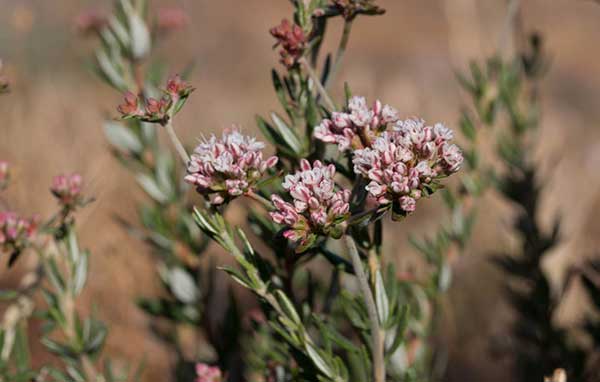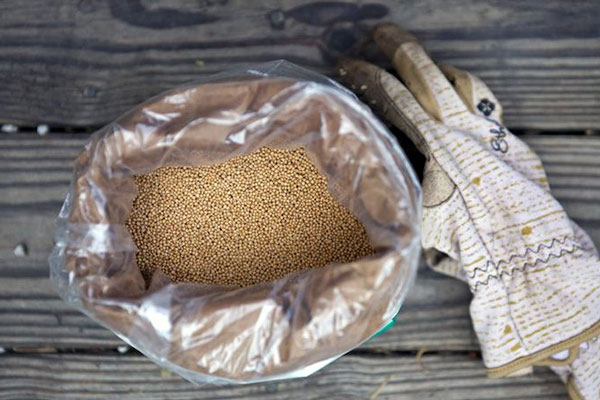It’s not enough to simply name a plant or its botanical family to determine which green manure is best. Each green manure has its own characteristics and solves different tasks.
How to Choose Green Manure
A wide range of plants can be considered green manures. Therefore, it’s important to determine what your beds need and what each plant offers.
1. Identify the main needs and tasks. General goals you can achieve with green manures include: enriching the soil with nitrogen, creating humus, improving soil structure, preventing erosion, controlling weeds, providing live or cut mulching. You might also want to provide habitat for beneficial predators, improve soil drainage, or protect fruit crops from wind.
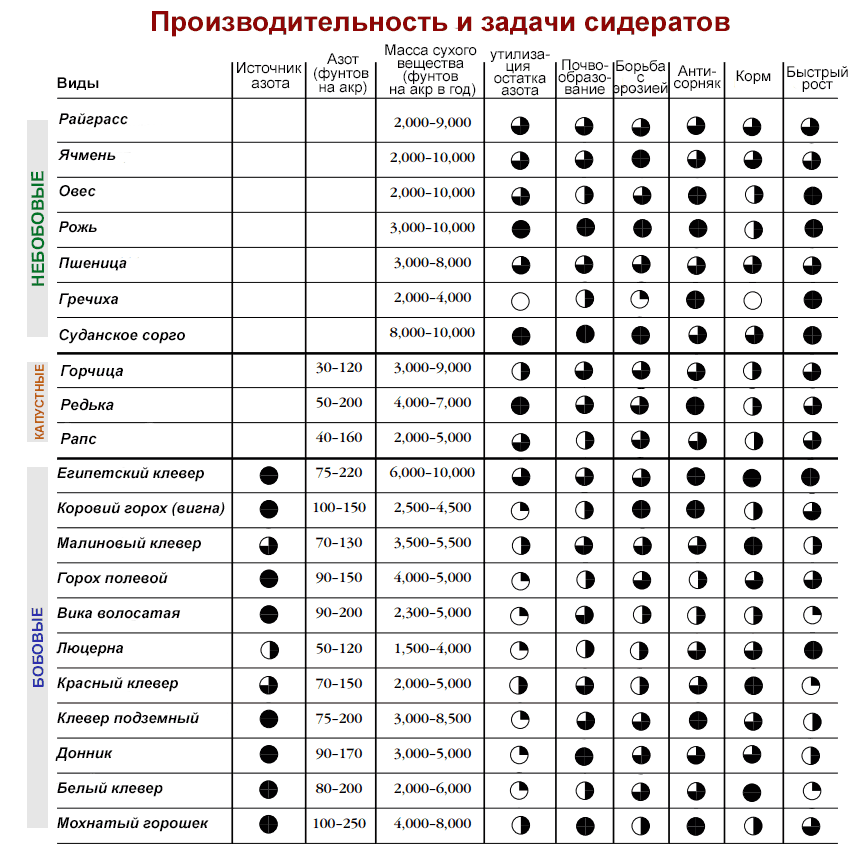 Tasks and performance of different green manures
Tasks and performance of different green manures
Ask yourself these questions:
- How much can I spend on green manures?
- How will I sow them?
- When do I plan to sow and what will the weather and moisture be like at that time?
- Do I need a low-growing and spreading or tall and upright cover?
- What extreme conditions will the green manures have to endure?
- Will they overwinter?
- How will I incorporate or remove them?
- What growth should I expect from the chosen plant?
- Will I have time to manage this?
- Do I have the necessary tools?
Once you’ve determined the goal, time, and location, you can choose a plant. For example, sloping gardens and vineyards need protection from erosion. The cover crop should not dry out the soil, should help fix nitrogen, and attract beneficial organisms but not pests or rodents, and should require minimal maintenance. In this case, a low-growing, hardy perennial with a root system that positively impacts the soil and constantly releases small amounts of nitrogen is ideal. Clover varieties solve these tasks. A mixture of clovers and annual grasses will also work, as will vetch (field pea). The best green manure for your plot can only be determined by a combination of factors. The characteristics of the most effective cereal and cruciferous green manures are detailed in the article Overview of the Best Cruciferous and Cereal Green Manures .
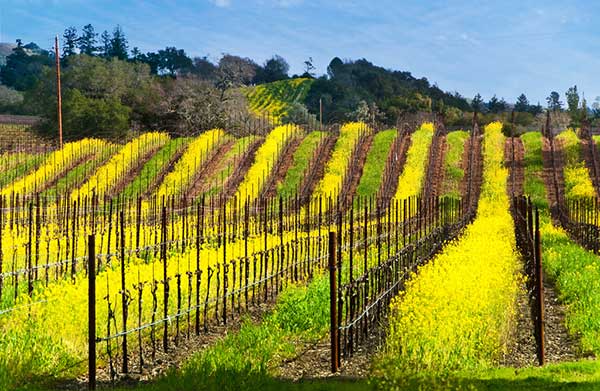 Mustard in the interrows of sloping vineyards
Mustard in the interrows of sloping vineyards
Another example: after harvesting early cabbage crops, you can plant lettuce, basil, or spinach. If you need a green manure that mulches, germinates quickly, and suppresses weeds, mustard and phacelia are suitable.
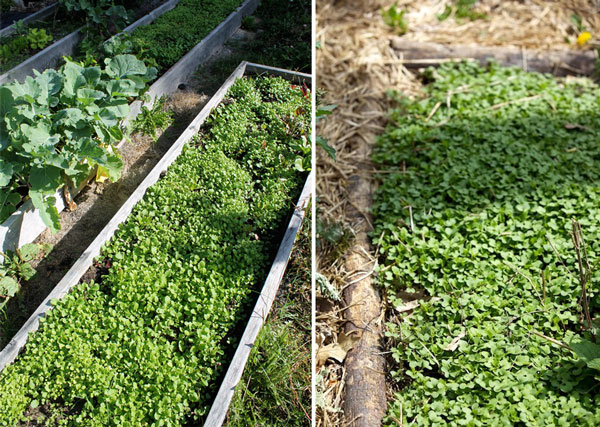 Mustard germinates uniformly, forming a dense mat.
Mustard germinates uniformly, forming a dense mat.
2. Determine the sowing location and timing. It can be difficult to decide where and when to sow green manure plants with the goal of soil improvement. Planning on paper can be useful: draw your beds and mark the sowing date and approximate harvest date. The time when the soil is under “black fallow” should be used for green manuring. Pay attention to the shade tolerance of the green manure – all clover species, annual ryegrass, vetch, and rye tolerate shading to varying degrees.
In between rows and paths, sow hardy, low-growing plants resistant to trampling, such as clover.
3. Watering. If periodic irrigation is possible, any green manure will not cause problems. Moisture is crucial, especially at sowing and germination. Large-seeded and cereal types are more water-demanding. For example, rye is beneficial in boggy, clayey soils, and lowlands. Perennial green manures like lupine provide their own moisture due to their very deep roots. Clover is less water-demanding than mustard.
4. Winter, perennial, or short-growing period. How to choose green manure based on its growth period? In fact, you should try all three options in your crop rotation over a single season. Winter green manures are sown about 6 weeks before frost, and winter cereals can be sown a bit later. Winter sowing can be done after harvesting late crops, on still moist, loose soil. If your plot is in a cold climate with a short warm period, you can sow clover, annual ryegrass, rye, or vetch in winter – even before harvest (just make sure birds don’t closely monitor the sowing). Another advantage of winter green manures is their ability to suppress weeds early in the spring.
If you plan crop rotation, there might be a 3-6 week gap between crops. It makes sense to sow fast-growing mustard, buckwheat, millet, or sudangrass. This will protect the beds from weeds, erosion, restore some nitrogen, and feed soil microorganisms.
Perennial green manures, such as lupine, produce more green mass, require less maintenance, and generally have many advantages over annuals. Except that under “green fallow,” the bed will be under cover for at least two years, ideally 3-5 years. The roots of perennial green manures play a huge role in improving the soil if not removed for several years. The main condition for success is not to allow plants to set seed, otherwise, they will become uncontrollable weeds. A detailed review of leguminous green manures is in the article Overview of the Best Leguminous Green Manures .
5. Determine the soil acidity and other properties that affect the choice of green manure. Important indicators include moisture, acidity, and soil type. The most popular green manures survive and work well across a wide range of soils and conditions, so there are no strict rules for choosing a green manure.
Which of the many green manuring methods to choose? Read about it in the next article .
